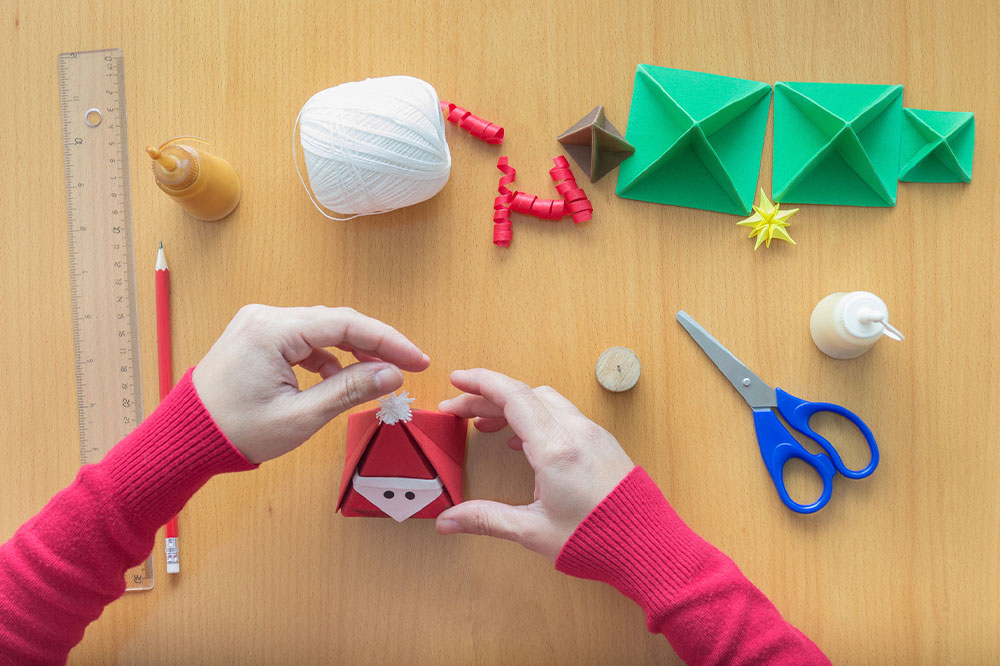Tips for creating how-to, DIY, and expert content
There are many different types of content writing, such as blogs, case studies, and listicles . Of these types of content, how-to, DIY, and expert content writing are becoming popular as most of us can take it up from the comfort of our homes as a way to pick up a few extra bucks. If this is something you have always wanted to do, here are some tips on how you can create such content easily.

How-to content
How-to content is essentially a guide or instructions on any subject, from achieving success at something to putting together a particular piece of furniture. As the information in this type of content is mostly tutorials, it is best to keep the following tips in mind while writing.
- Clarity and conciseness in the script’s language.
- The content should be easy to read and not have too many technical terms.
- Depending on the subject matter, a list of materials might be necessary.
- The instructions might need to be broken down into steps, which can make following the steps easier.
- You can use subheadings and numbered lists for better structure, but ensure that the steps are in order.
- Try to cover the challenges that could arise for your target audience either in the body or as a separate FAQs section.
In quite a few cases, how-to type of content would be accompanied by diagrams, screenshots, graphics, or videos to help explain important steps or to elaborate on steps that the reader might find difficult to complete.
Expert content
An expert writer is someone who is extremely skilled at writing content for the internet on specific domains or industry-related subjects. For example, a doctor might write about a particular illness or health issues in general. In fields like finance, an expert writer or someone who is well-known helps to establish trust among readers. Subject matter experts usually work on eBooks and buying guides. As far as writing expert content is concerned, these pointers are quite handy:
- In addition to being well written, expert content needs to reflect the knowledge of the writer on a particular subject.
- Your article should provide detailed information and cover the subject from all possible angles.
- All the information provided should be easy to read and understand, even for the uninitiated.
When it comes to making expert content, the more you know, the better. Also, providing tips will help your readership, as you will show them effective tricks that always work.
DIY content
Compared to how-to and expert content, DIY is gaining a lot more popularity. Such content usually covers topics that people might take up as a hobby or a project that you might try to save some money. So subjects of these could range from how to repair a leaky pipe to how to knit a sweater. You’ll usually come across DIY content in blogs. As the target audience for such content is quite large, here are some vital tips to remember while writing:
- Decide who the target audience is before you start writing. If you have a client to answer to, ask them about the target audience.
- Next, you have to decide on the focus of a topic. So, would your DIY tutorial be about crafts and cooking? Or would it just be a review of a product or two?
- Write short, simple sentences that are easy to follow and understand; about 25 words per sentence.
- The information you provide in your DIY blog should be current. So, read up on information from reliable sources and jot down ideas and thoughts as they come to you.
- You might even find doing the activity and jotting down points as you go along extremely useful for making DIY content that involves crafts. Such a step will also ensure that you get all the steps down correctly.
To set up a DIY blog, the best way to succeed would be to choose a subject that you are an expert in. Consider collaborating with other experts for a different perspective that you may have missed out on or are possibly unaware of.
For writing any type of content, including how-to, DIY, and expert content, research is absolutely necessary, as is knowing your target audience. Reading a few of the available how-to, DIY, and expert content on the internet should help you decide how to format and structure your article and the type of language to use. So what are you waiting for? These helpful tips should be able to help you start writing your best how-to, DIY, and expert content today.